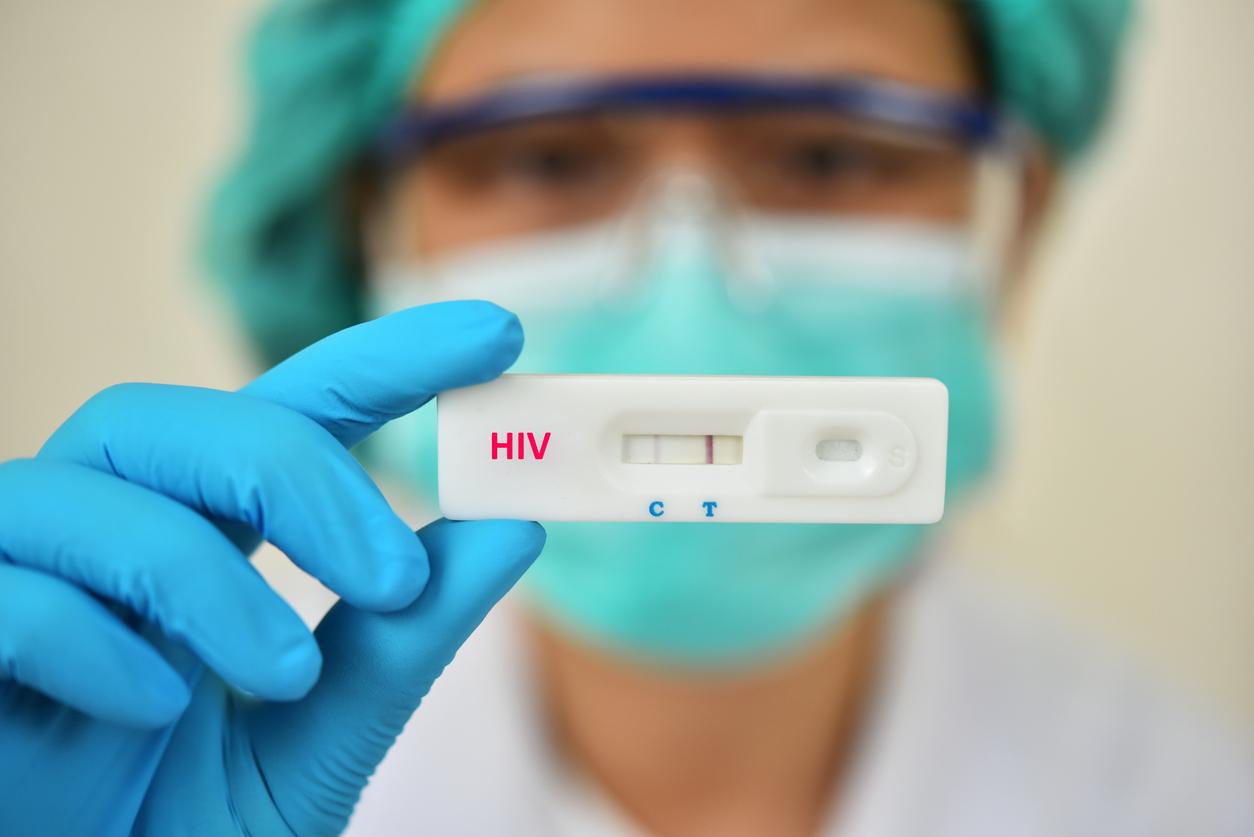The Salmonella Typhimurium bacterium is more dangerous in space than on earth, which increases the risk of infection for astronauts when they are on a mission.

- Salmonella bacteria are the leading cause of death from foodborne illness in the United States.
- This would be responsible for 26,500 hospitalizations and 420 deaths per year in the United States.
In 2006, a team of researchers from the University of Arizona had proven that, during a twelve-day mission in space, 167 genes of the pathogenic bacterium Salmonella typhimurium, had mutated. Result: she was three times more deadly than in her initial form on earth….
They had therefore concluded that an astronaut carrying this bacterium when he boarded a space shuttle could be very ill afterwards for two reasons. First of all, the Salmonella typhimurium became more dangerous and, at the same time, the human immune system was weaker in space… To achieve this result, they had introduced, in a space mission, a culture of salmonella in a hermetically sealed environment.
Inpatients
More than fifteen years later, these same researchers have just published a new study on this same subject. This time, they reproduced space conditions in the laboratory but put the culture of salmonella in 3D human intestinal tissue to better understand the risks incurred by astronauts.
Salmonella Typhimurium is a bacterial pathogen responsible for gastrointestinal diseases in humans and animals. When someone has it on land, their symptoms are usually diarrhea, fever, and stomach cramps. These last between four to seven days. But, for the most serious cases, hospitalization may be necessary.
3D Human Intestines Infected at Much Higher Levels in Space
During this new experiment, the authors therefore confirmed that Salmonella Typhimurium was more dangerous in space. Indeed, it has infected 3D human intestinal tissues at much higher levels than on earth… On the other hand, its presence has also led to changes in the expression of genes in human intestinal cells.
“The lack of global understanding of the impact of space travel on the health of astronauts is a major challenge that could limit human exploration of spacebelieves Cheryl Nickerson, one of the authors. Since microbes accompany humans wherever they travel and are essential in controlling the balance between health and disease, understanding the relationship between spaceflight, immune cell function and microorganisms (such as Salmonella Typhimurium bacteria) will be key to understanding the risk of infectious diseases to humans” in the space.
The authors therefore confirm their first results: in space, astronauts have a greater risk of microbial infection because their immune system is weakened, certain bacteria or pathogens become more dangerous in this environment and these reach tissues. humans. They now want to continue research in order to find ways to protect both professionals and future space tourists.

















